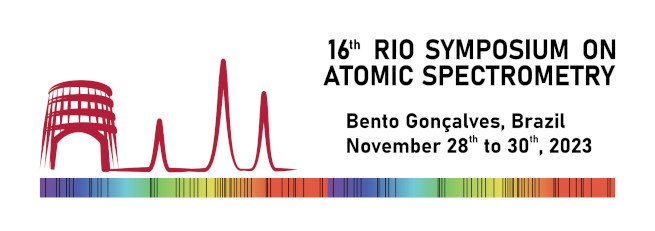Bento Gonçalves
Bento Gonçalves is a city located in the state of Rio Grande do Sul, Brazil. Founded in 1875, it is one of the centers of the Italian immigration in Brazil. It is also known as the 'wine capital of Brazil' due to its vineyards and wine production. In 2020, its estimated population was 121,803 inhabitants.
Bento Gonçalves Attractions
The city is part of the “Vale dos Vinhedos” (Vineyard Valley, https://www.valedosvinhedos.com.br), a region located in the Northeast of Rio Grande do Sul state, in the mountainous region. The territory of the Vale dos Vinhedos covers the area of Bento Gonçalves, Garibaldi and Monte Belo do Sul cities. Many restaurants and wineries can be found at the Vale dos Vinhedos, making the region a well-known destination in Brazil.
Other attractions of Bento Gonçalves city are:
• The wine barrel-shaped gateway, located at the entrance of the city, is the postcard of Bento Gonçalves, which welcomes anyone arriving in the city.
• The “Via del Vino”, located on the Marechal Deodoro Street, in the center of Bento Gonçalves. Is the place where the oldest buildings of the city are located and where you can find a wine fountain (unfortunately, it is only red colored water).
• The Immigrant Museum (https://www.museudoimigrante.org.br), founded in 1974, presenting the history of Italian Immigration.
• Bento Gonçalves Railway Station is another attraction, which was inaugurated in 1919 and operated passenger trains until 1976. From 1993 onwards, the tourist tour of “Maria Fumaça” was created. A steam train ride, well known in the Serra Gaúcha, which leads to Garibaldi and Carlos Barbosa, an unmissable tour on the tourist list to do in Bento Gonçalves.
Source: Rosanetur and ateondeeupuderir
Where is Bento Gonçalves?
Bento Gonçalves is located 120 km from the capital of Rio Grande do Sul State, Porto Alegre. The city is not far from other important tourist cities, also with a strong influence of Italian immigration in the 19th century, such as Garibaldi, Carlos Barbosa and Caxias do Sul.
